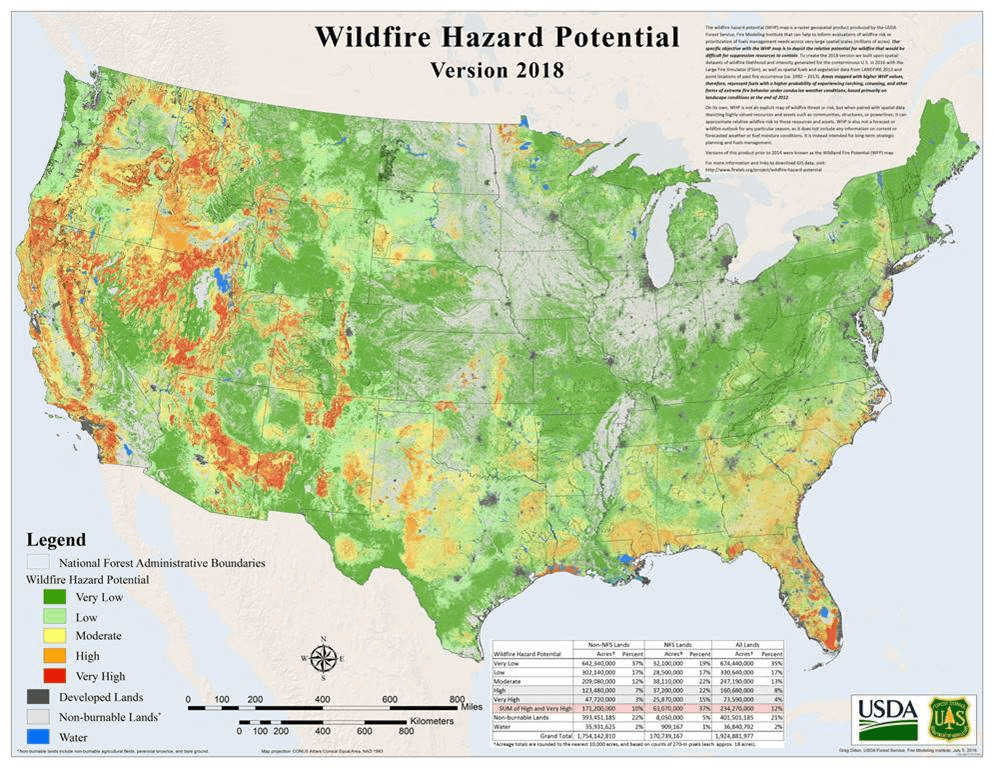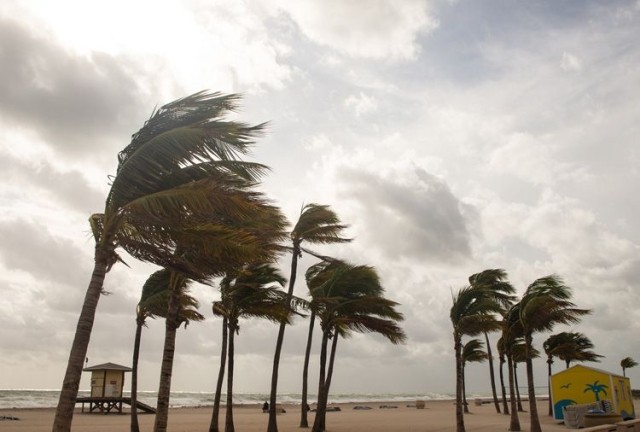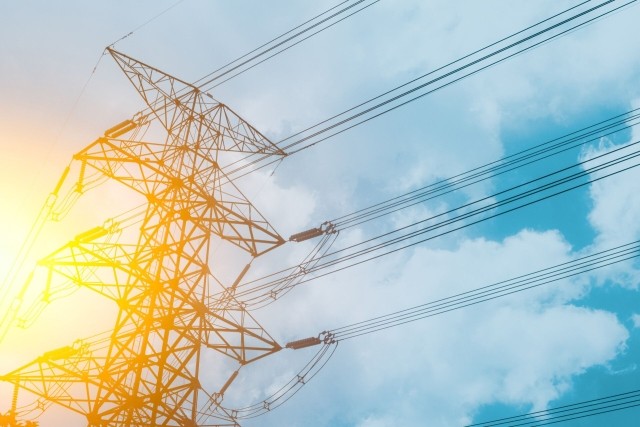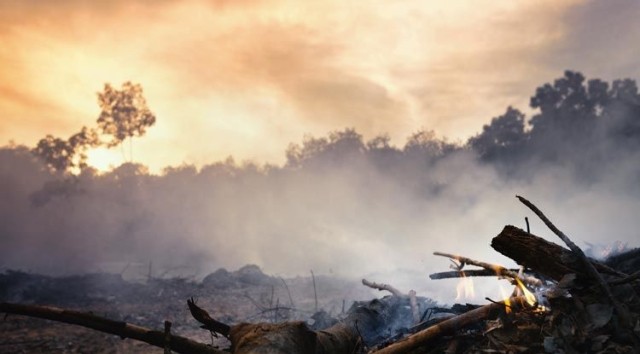Blog
Wildfire Risk and Loss Control
Wildfires can happen almost year round in California, with the greatest risks being the summer fire season (June to September) and the windy, dry weather of the Santa Ana fire season (October to March). Actions taken now can reduce the risk of wildfire to your business. Included in this primer are resources for identifying locations that might be exposed to wildfire, resources for creating defensible space and other risk mitigation techniques, points to consider when developing a response plan, and links to additional resources.
Identify Your Wildfire Risk
The first step of wildfire preparedness is identifying the wildfire hazards at your property. The US Forest Service has published a map of Wildfire Hazard Potential for the contiguous 48 United States.
[caption id="attachment_25637" align="alignnone" width="994"] United States Forest Service Wildfire Hazard Potential Map
United States Forest Service Wildfire Hazard Potential Map
Shading indicates Wildfire Hazard Potential (WHP):
WHP of "Very High: Defensible space should be provided for properties."
WHP of "Moderate or High: Defensible space should be considered for valuable and mission-critical properties."[/caption]
Similar to the US map, the California State Fire Marshal publishes a map of the Fire Hazard Severity Zones throughout the state. This map designates addresses as Moderate, High, or Very High fire hazard severity. Properties in Very High severity zones may be mandated to take certain precautions, such as creating defensible space.
Defensible Space and Risk Mitigation
Some properties may be mandated to create defensible space; for others, it can be an important part of risk mitigation. CalFire's website provides guidance for creating this space as well as other mitigation techniques. In addition to defensible space, certain construction features can also mitigate risks. CalFire's website and FM Global's data sheet 9-19 are good references for additional mitigation techniques.
Wildfire Response Planning
An important part of planning for California's wildfire season is being ready for power outages. Another Woodruff Sawyer insight, Public Safety Power Shutoffs, has advice on this topic.
Cleaning up and rebuilding after a wildfire can be emotional and difficult to say the least. Advanced preparation can help limit the loss from a financial, emotional, and physical property perspective.
As an employer, if wildfire is likely near your business—for example, if there is a grassland exposure within about 200 feet or a woodland exposure within about 650 feet—consider adding wildfire response to your emergency action plan. Long-term facility hardening may be practical to prevent the spread of fire into your facility. In addition, ensuring that you can continue operations as soon as possible after a fire may require planning around both physical plant and electronic assets, as well as your most important assets—your employees. Who and what will likely be available during and after the fire?
Cover the Basics in Your Wildfire Plan
Wildfire planning can include coordinating with authorities, obtaining supplies and training, establishing procedures for monitoring conditions and notifying personnel, planning egress routes, and preparing for safe reentry to impacted areas. The following list outlines some of the basic points that are useful to address in a wildfire plan.
- Obtain training from the local fire authority on how to respond to a wildland fire/bushfire emergency.
- Develop a written pre-fire plan with the public fire service. At a minimum, address access and egress paths and alternatives, phone numbers and communication channels for warnings prior to and during the emergency, and an understanding of what the fire services will need when they respond to alarm calls.
- Perform pre-season maintenance such as checking fire suppression systems, removing combustible materials such as leaves, needles, or other built-up detritus, cleaning roof tops and gutters, ensuring combustibles are stored correctly within the facility, and securing a sufficient clearance zone around the facility.
- Minimize entry portals or gaps into the building for embers.
- Acquire emergency supplies and equipment for those initially returning to the building.
Planning is key, so as you acquire the basics, you must also determine the following:
- Any plans for wetting or external protection
- Evacuation triggers and routes, including alternate routes
- Chain of command and corporate resource persons able to authorize expenditures
- Emergency functions and who will perform them
- Condition-monitoring methods and designated persons
- Communication methods for alerting employees
- Employee contact numbers, including cell phone numbers
Also make sure that you plan for those in your facility who are more susceptible to smoke inhalation problems, such as those on supplemental oxygen or with preexisting challenges with asthma or breathing in general.
More sophisticated plans may include relocation of yard storage or high-value items, safe shutdown procedures for critical equipment, temporary covers for air intakes, etc.
Risks After Wildfire and Disaster
As with any natural disaster, be sure you maintain good contact with civil authorities and follow instructions given by emergency management system workers. Do not enter an area not cleared by the authorities under any circumstances. If your building is damaged, having preselected a professional restoration company to respond and ensure the location is ready for employees is the best choice. If you must return to the building in the early stages after a fire, make sure that you have assessed the area for hazards and protected your employees. The information and links below may help with that effort.
- As with other natural disasters, anyone entering the area affected by a wildfire will face dangers, including:
- Unstable structures
- Smoke, ash, and other debris
- Lack of traffic signals
- Damage to bridges or overhead structures, such as signs and electrical or data lines
- Hot spots and small fires
- Airborne respiratory irritants and toxins
- Electrical hazards from downed lines and water intrusion into buildings
- Heavy equipment and tools being used to clean and clear or rebuild
- Slips, trips, and falls
- Fall from height exposures
- Exposure to temperature extremes, both hot and cold
- Lack of drinking water and sanitary facilities
- Exposure to sharp materials from building damage
Personal protective equipment and supplies to have on hand include:
- Cut-resistant gloves
- Work boots and possibly even safety toed boots
- Hot or cold weather gear
- Hot or cold weather protection, such as tents, shade, heaters, fans, or other portable cooling devices
- Safety glasses
- Reflective vests
- Food and water supplies anticipating increased need for calorie intake and water intake to help with physical exertion
- Sanitary supplies in case municipal sanitary resources are down, possibly including water and sewer.
KEEP UP ON WILDFIRE MITIGATION AND CLEANUP |
|---|
Inevitably wildfire tends to touch our personal lives as well as our places of business. The links below are provided so that you can apply the same care and prevention at your home. All of the same communication, prevention, planning, and safety measures as above apply upon return to your home. In addition, you will want to plan to provide fire-resistant storage for family memorabilia and assets, as well as a stock of emergency supplies you can take with you when or if you evacuate. Consider utilizing these emergency planning links to help you develop a plan for your family.
NFPA Home Prevention
GENERAL EMERGENCY PLANS FOR FAMILIES |
|---|
If you're a Woodruff Sawyer client and have experienced property loss due to wildfire, go to our Wildfire resource page for instructions on how to report the loss, guidance on reviewing your insurance coverage, and more.
Author
Table of Contents








